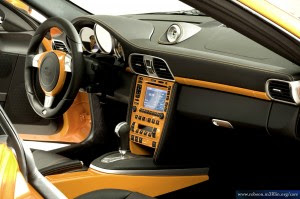Sunday, January 31, 2010
Saturday, January 30, 2010
Suzuki X-Head Concept Car at the Tokyo Auto Show

Friday, January 29, 2010
Classic Kia Car Soul
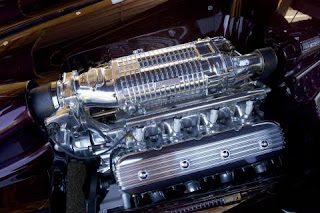 Enginering power Concept Car Kia Soul
Enginering power Concept Car Kia Soul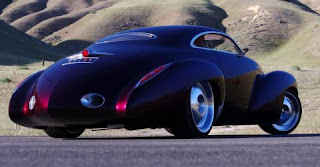 Classic design Kia car soul with Black Color on Back Body
Classic design Kia car soul with Black Color on Back Body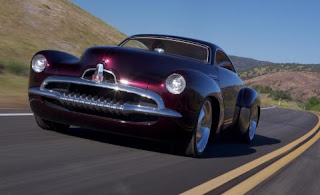 Classic design Kia car soul with Black Color a head car
Classic design Kia car soul with Black Color a head carThursday, January 28, 2010
Wednesday, January 27, 2010
futuristict biodesel car concept Design
 New Design biodiesel car concept for future
New Design biodiesel car concept for future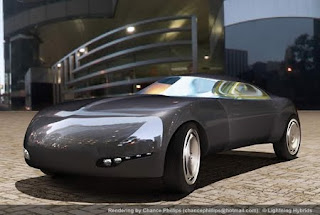 Cool Design biodiesel car concept future
Cool Design biodiesel car concept future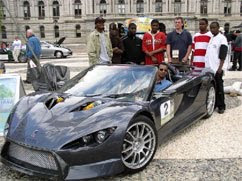 Luxury biodiesel car concept
Luxury biodiesel car concept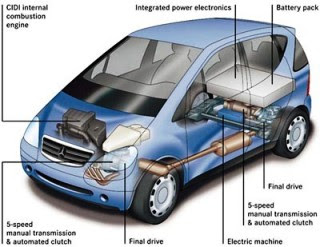 Design biodiesel car concept
Design biodiesel car conceptTuesday, January 26, 2010
Monday, January 25, 2010
Sunday, January 24, 2010
Saturday, January 23, 2010
Friday, January 22, 2010
Thursday, January 21, 2010
Concept car Porsche 911 Turbo TechArt GTstreet Model 997
Wednesday, January 20, 2010
New Design Concept Icare motorcycle Ideas
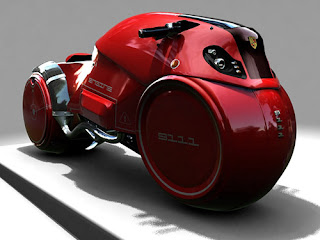 Beautiful Icare motorcycle Concept Future with red color
Beautiful Icare motorcycle Concept Future with red color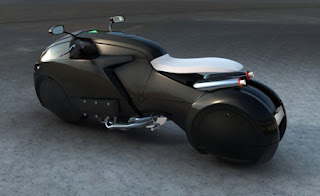 Modern Concept Icare motorcycle with black color
Modern Concept Icare motorcycle with black color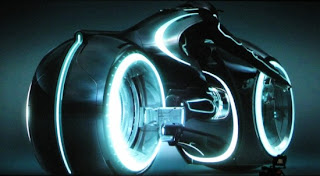 Wowo Ultramodern Icare motorcycle future car
Wowo Ultramodern Icare motorcycle future car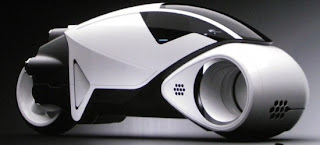 Cool design concept future Icare motorcycle car
Cool design concept future Icare motorcycle carMaybe I’m still on an awesome motorcycle kick from The Dark Knight, but I saw this Icare prototype by the folks over at Enzyme and nearly wet myself. The Icare looks something like Kanada’s bike from Akira but stolen and appropriated by Batman, and I absolutely love it. There seem to be two versions as well, the one in the top photo, and then the two below it. I’m slightly in love with the top version and it’s uni-light, something about that makes my heart flutter.
The bike is designed to use a six-cylinder 1.8 liter Honda engine, which I guess should give you some pretty decent power. I just think it would be awesome to tear around town on one of these, people would totally think you’re some kind of super hero. But as usual this is still just a prototype, and I’m sure when it comes out it’ll cost a pretty penny, but it’s always nice to look, right?


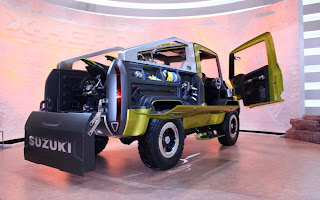
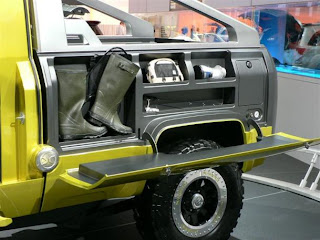

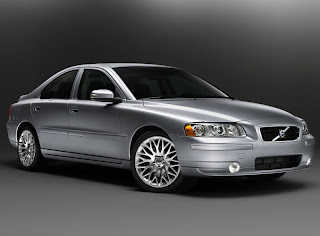
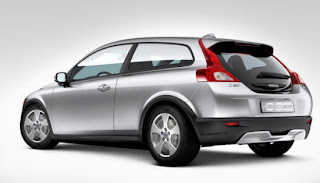
 Old Solar Powered Car
Old Solar Powered Car Simple Slim Solar Powered Car
Simple Slim Solar Powered Car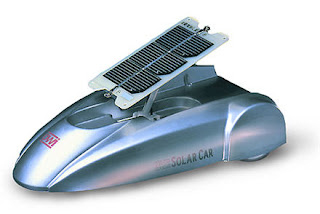 Design Modern Concept Solar Powered Car
Design Modern Concept Solar Powered Car Smart Modern Concept Solar Powered Car
Smart Modern Concept Solar Powered Car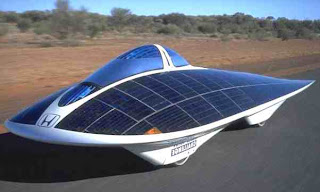 Honda Solar Powered Car
Honda Solar Powered Car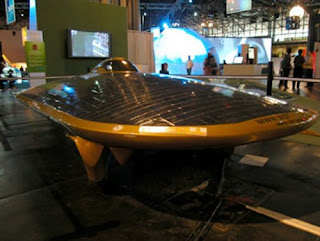 Modern Design Concept Solar Cars Future
Modern Design Concept Solar Cars Future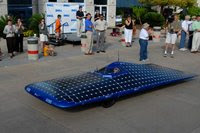 Concept Design Solar Car with Blue Color
Concept Design Solar Car with Blue Color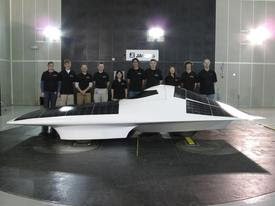 The Student Make Design Concept Solar Cars Ideas
The Student Make Design Concept Solar Cars Ideas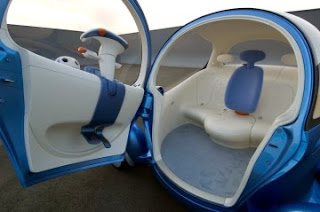

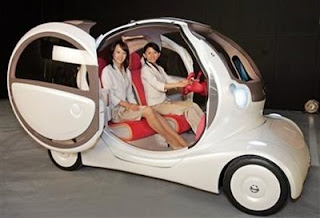
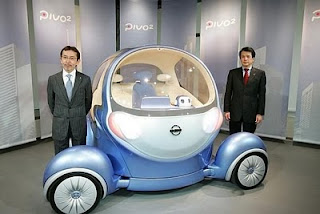
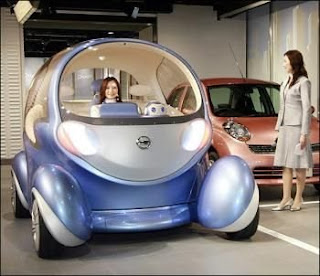

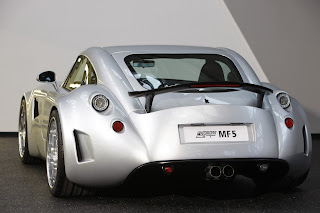

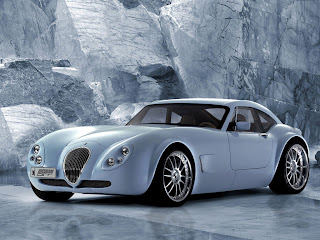
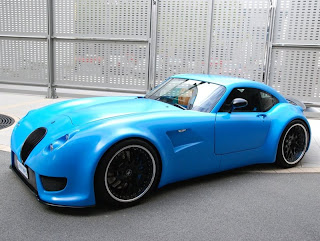
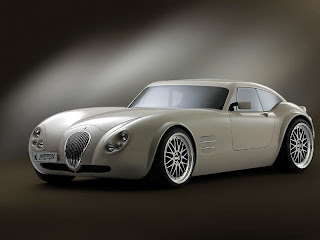
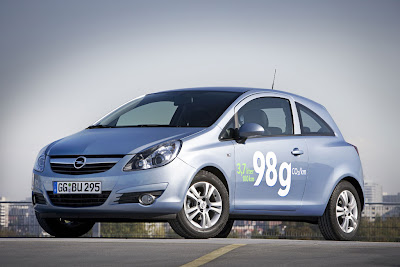
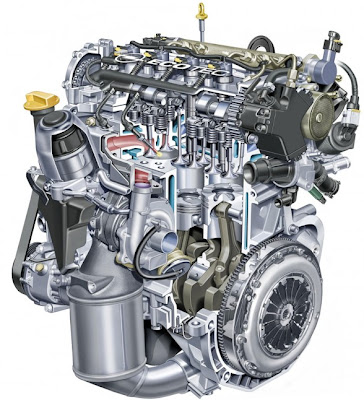

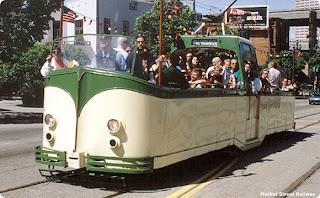 Unique Classic Car 1934 Blackpool tram No. 228
Unique Classic Car 1934 Blackpool tram No. 228